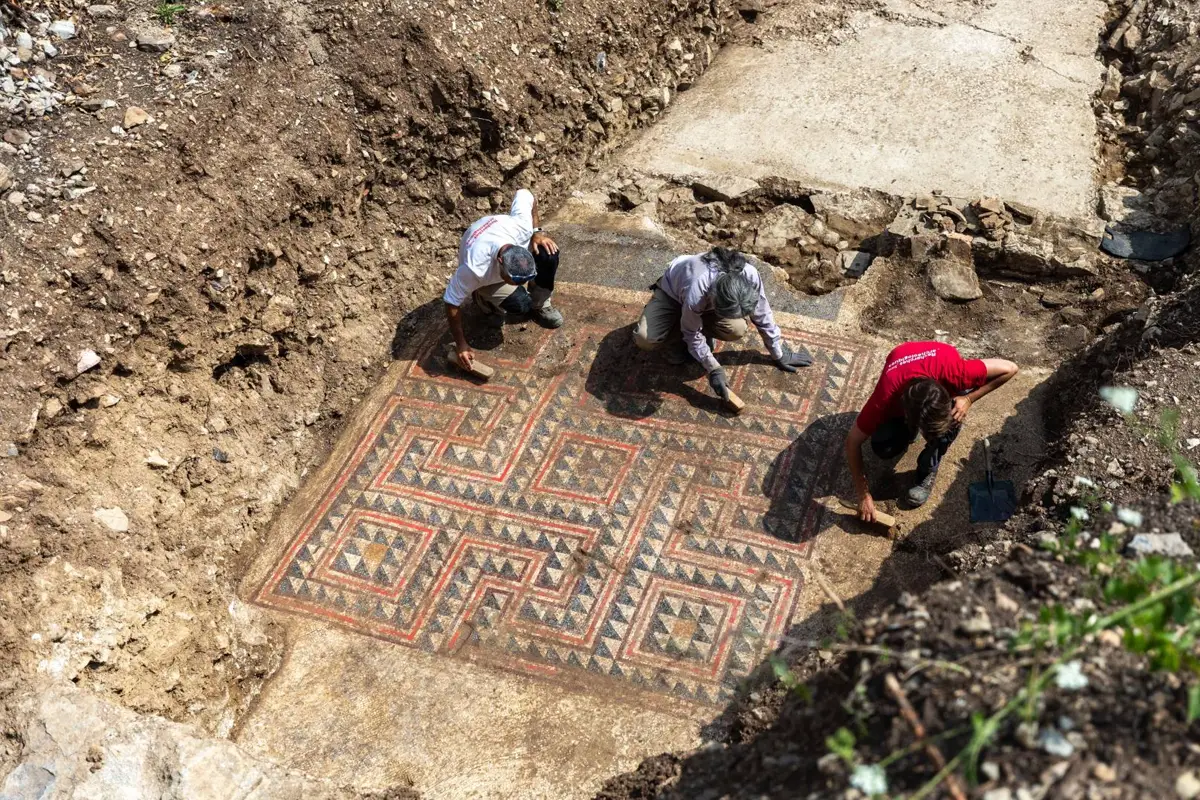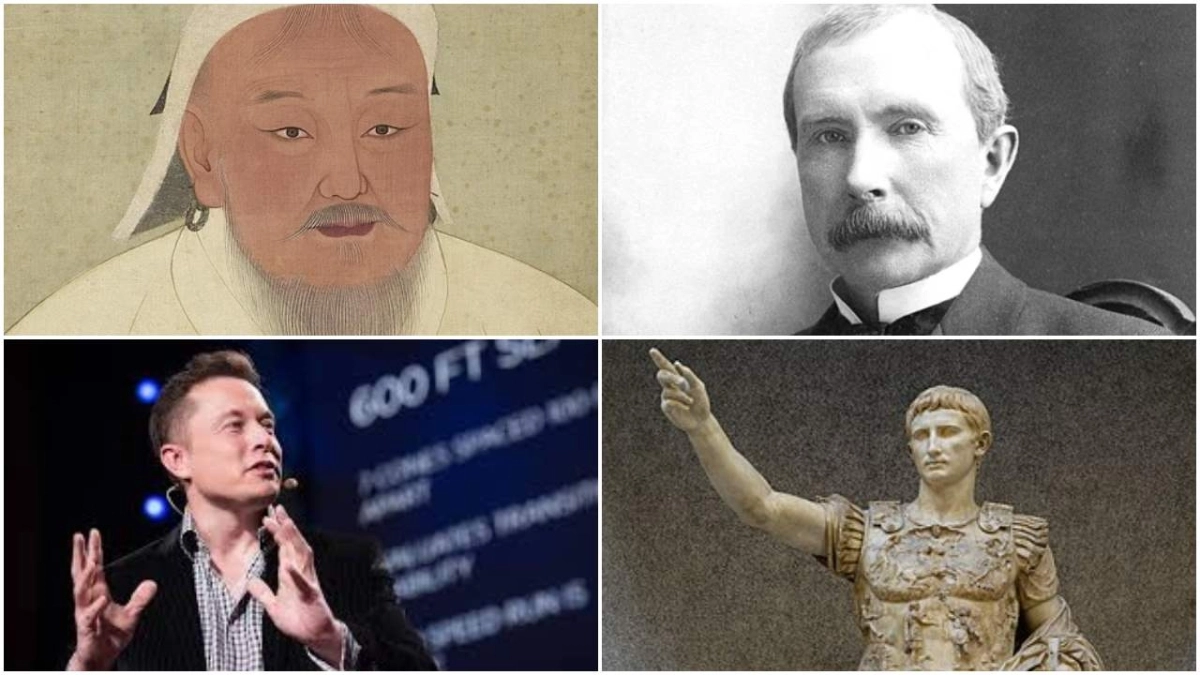The Inca Empire, which flourished in the Andean region of South America from the early 15th century until the Spanish conquest in the 16th century, was the largest empire in pre-Columbian America. Centered in present-day Peru, it extended across Ecuador, Bolivia, Chile, and Argentina. Daily life in the Inca Empire was shaped by a highly organized society, an advanced agricultural system, communal labor, and deep spiritual traditions.
Social Structure and Family Life
The Inca society was hierarchical, with the emperor, or Sapa Inca, at the top, considered a divine ruler descended from the sun god, Inti. Below him were the noble class (Inca elites and administrators), followed by craftsmen, farmers, and laborers. At the base of the hierarchy were the yanacona (servants) and mitimaes (relocated populations).
Families, known as ayllus, were the basic social units, working collectively in agriculture and labor. Marriages were typically arranged within ayllus, and both men and women had defined roles. Men engaged in farming, construction, and military service, while women managed household duties, wove textiles, and assisted in agriculture.
Housing and Urban Life
Most people lived in stone or adobe houses with thatched roofs. In rural areas, homes were small and simple, while urban centers like Cuzco, the capital, featured impressive stone architecture, including palaces and temples. Cities were meticulously planned, with roads, water channels, and storage facilities (qollqas) to sustain the population.
Agriculture and Food
Agriculture was the backbone of Inca society. The Incas mastered terrace farming, using stepped fields on mountainsides to cultivate maize, potatoes, quinoa, and beans. The use of irrigation channels and fertilization ensured productivity. Llamas and alpacas provided transport, wool, and meat, while guinea pigs were a common food source. Chicha, a fermented maize drink, was popular during religious and social gatherings.
Trade and Economy
The Inca economy was not based on money but relied on a barter system and labor taxation called mita. Citizens contributed work to state projects, such as road-building and agriculture, in exchange for food and security. Storehouses distributed goods, ensuring that even remote villages had access to essential supplies.
Religion and Rituals
Religion played a fundamental role in daily life. The Incas worshipped a pantheon of gods, with Inti, the sun god, being the most important. Temples, like the Coricancha in Cuzco, were centers of worship. Priests conducted elaborate ceremonies, including offerings of food, textiles, and occasionally human sacrifices, particularly during festivals like Inti Raymi, the sun festival.
Clothing and Appearance
Clothing varied by social class. Commoners wore simple tunics made of llama wool, while nobles donned finely woven textiles adorned with gold and silver. The Sapa Inca wore elaborate garments with feathers and jewelry, symbolizing his divine status. Hairstyles and headdresses also indicated rank, and people often decorated themselves with ear spools, necklaces, and bracelets.
Recreation and Entertainment
Music, dance, and storytelling were vital aspects of Inca culture. Flutes, drums, and panpipes were common instruments. Festivals and celebrations were frequent, reinforcing social bonds. The Incas also played a type of ceremonial ball game and engaged in wrestling and running competitions.
Military and Defense
Military service was a duty for most men, especially during times of expansion. The army was well-organized, using slings, clubs, and spears. Fortresses like Sacsayhuamán defended key locations, ensuring control over the vast empire.
Conclusion
Daily life in the Inca Empire was structured around communal labor, agricultural innovation, and religious devotion. The Incas created a sophisticated society that thrived through cooperation and careful resource management, leaving a lasting legacy in South American history.







